The most visible component of a dynamic signage system is the digital display itself, so there's a natural tendency to benchmark progress based on the evolution of bigger, brighter and less-expensive flat screens. But behind the screens, the speed and reliability of data transmission infrastructures is at least as important in the functionality and effectiveness of the system.
A groundbreaking case in point is the recent rollout of HMS Host's in-store signage at Tampa International Airport. Possibly the first digital sign network to utilize “in-house” wireless broadband to transmit commercial content, the HMS Host narrowcasting system taps into the newly upgraded airport WAN Wireless (wi-fi) environment. Tampa's wi-fi network is available free to the public (as well as to airport tenants and concession operators).
HMS Host (based in Bethesda, Md.) operates news and sundry concessions in 71 airports worldwide, providing travelers with everything from magazines and books to snacks and bottled water. As one of eight HMS Host locations currently deploying flat screen networks, the Tampa project was developed and is operated by Retail Media Group in partnership with Digital View Group, both out of London. Among a handful of pioneers in the digital display technology, Digital View provides the core digital media network technology, including the RemotePlayer3 media player, and RemoteTransfer software, which manages content transmission and scheduling. The Internet-based system is also hosted on Digital View's dedicated servers.
The Tampa project is based on a Digital View media player, which powers four 32-inch Samsung LCD displays. Each player has its own Internet address, which allows the unit to query and receive data from the central server every half-hour, using the wi-fi network as a data pipeline.
Retail Media Group not only executes system design, installation, scheduling and management, but also generates content for the entire system. This process typically requires reworking (and sometime reinventing) vendor-provided promotional material. Incoming content runs a gamut that may include pre-produced video, still images and even straight text, all of which must be digitally hammered into a 15- to-25-second format by RMG's creative services department. The company also incorporates an RSS feed into the program that includes news, weather and travel information. (RSS is an XML file format used by web news syndicators and weblogs.)
According to RMG ceo Raymond Goldsmith, a major challenge for each HMS Host location is the wide variations in concession size and configuration. “Every installation is constrained by its format, so we don't have a template we can apply across the board,” says Goldsmith. “Not only do we need to size the screens to fit the environment, we also sometimes need to get creative when it comes to locating the players out of sight.”
Goldsmith says initial tests have indicated that the in-store sign system clearly lifts specific brand sales. “We have conducted benchmark tests measuring stores of comparable size and turnover,” he says, “and there is no question that products featured on the network show measurable increases.”
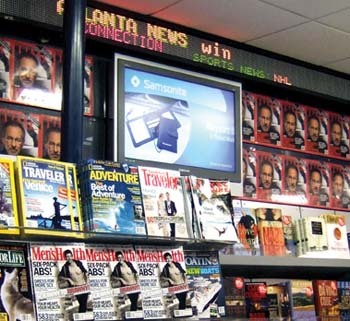
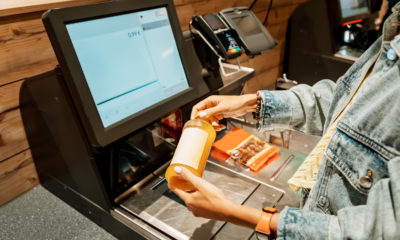
 Headlines1 week ago
Headlines1 week ago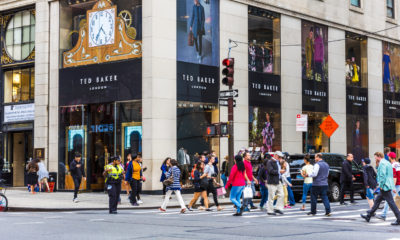
 Headlines5 days ago
Headlines5 days ago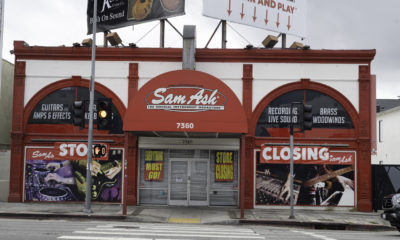
 Headlines2 weeks ago
Headlines2 weeks ago
 Headlines3 days ago
Headlines3 days ago
 Headlines1 week ago
Headlines1 week ago
 Headlines4 days ago
Headlines4 days ago
 Headlines1 week ago
Headlines1 week ago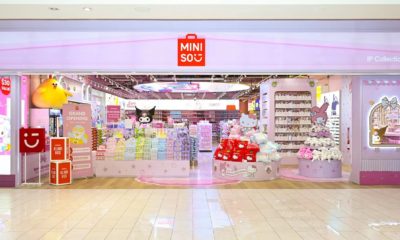
 Headlines2 weeks ago
Headlines2 weeks ago






